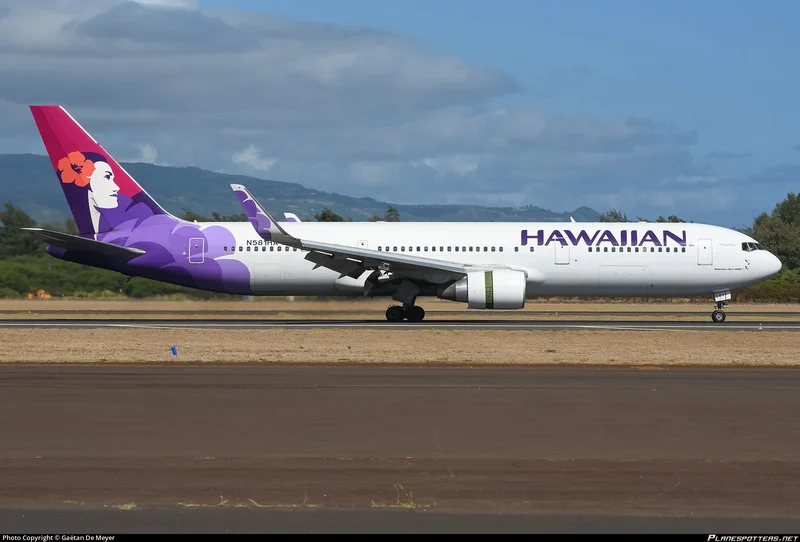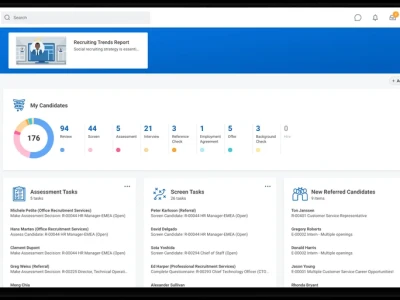The Ghost in the Machine: Why the Soul of Hawaiian Airlines Will Outlive Its Code
When I first read the news about Hawaiian Airlines final flight with HA callsign scheduled for end of October, I felt a genuine pang of nostalgia. For nearly a century, those two letters have been more than just a flight identifier; they’ve been a symbol, a digital shorthand for the spirit of Aloha, for warm welcomes and journeys to paradise. On October 29th, with the departure of flight HA 866, that code will be retired, absorbed into the larger system of Alaska Airlines.
On the surface, this looks like an ending. Another classic, beloved brand swallowed by a bigger fish in the relentless pursuit of market consolidation. The headlines will read "Alaska Completes $1.9 Billion Acquisition," and the financial analysts will talk about debt assumption and shareholder value. And they won't be wrong. But they’ll be missing the entire point.
They're looking at the hardware—the planes, the gates, the balance sheets. I see something else. I see a powerful piece of cultural software about to be uploaded to a much larger network. This isn't just about the end of Hawaiian Airlines; it's about the beginning of something far more interesting. We’re about to witness a fascinating experiment in corporate identity: can the soul of a company survive after its body is gone?
The Inevitable March of Integration
Let's get the technical details out of the way, because they're important, but only as a foundation. Alaska Air Group is acquiring Hawaiian for $1.9 billion, a deal that includes taking on about $900 million in debt. By April 2026, the two carriers will merge under a "single operating certificate"—in simpler terms, it means that from the perspective of the FAA and the global aviation system, they’ll stop being two distinct entities and become one unified airline, flying under the "AS" callsign.
The Hawaiian Airlines booking system, its website, its entire digital infrastructure will be methodically decommissioned and its data migrated. This is the unglamorous, procedural side of a modern merger. It's a complex dance of databases and APIs, a process of digital assimilation that leaves little room for sentimentality.
This whole process reminds me of the early days of personal computing, when beloved, quirky operating systems were absorbed by the giants. We lost some unique character and passionate user communities, yes, but in exchange, we gained a standardized platform that ultimately connected the entire world. The loss is real, and we should acknowledge it. But we have to ask ourselves: what is the cost of this consolidation? In a world obsessed with scale and efficiency, how do we preserve the unique cultural identities that make these institutions so special in the first place? Is there a way to integrate without erasing?

That’s the question that truly matters here. Because while the HA code might be disappearing from flight trackers, the essence of what it represented—the culture of service, the deep connection to the islands, the entire concept of ‘aloha’—is not so easily deleted. It’s not a line of code; it’s embedded in the people, the training, and the institutional memory. And that’s where things get exciting.
A New Network, A New Operating System
While the news cycle focuses on the final flight, I was struck by a different announcement, one that points directly to the future. The newly combined airline is already advertising for its summer 2026 internship class, seeking over 60 young minds to join them in hubs from Honolulu and Maui to Seattle and Anchorage.
This isn't the action of a company simply erasing a competitor. This is a company actively trying to weave two distinct corporate cultures together from the ground up. They are building a new generation of employees who will have the DNA of both airlines from day one. And this, right here, is the big idea that everyone is missing. Alaska Airlines isn't just buying routes to Hawaii; it's acquiring a world-renowned operating system for hospitality.
Think about the network effect of this—a seamless system connecting the chilly fjords of Alaska with the warm sands of Hawaii, creating new pathways for commerce, tourism, and human connection that just weren't possible before, and it’s all happening right now. Imagine a single airline where the rugged, pioneering spirit of the Last Frontier meets the welcoming, community-focused spirit of Aloha. What does that feel like for a passenger? What new possibilities does that open up?
This is the kind of breakthrough that reminds me why I got into this field in the first place. We often think of innovation in terms of new gadgets or faster processors, but the most profound innovations are often organizational and cultural. What if this isn't an acquisition, but an upgrade? What if the ‘aloha’ spirit becomes the new user interface for a much larger, more powerful network, influencing everything from customer service protocols in Portland to gate agent interactions in San Francisco?
The code—the HA callsign—is just a vessel. The true product has always been the experience. And that experience, that cultural software, is about to get the biggest platform update in its history.
The Code is Gone, But the Spirit is Open-Source
Let’s be clear. The Hawaiian Airlines brand, as a separate corporate and digital entity, is ending. But to mourn this as a simple death is to fundamentally misunderstand the nature of ideas. A callsign is a string of characters in a database. A brand is a living, breathing entity that exists in the hearts and minds of its people and its customers. The code is being retired, but the spirit is about to go open-source, integrated into a system that will carry it farther than it could have ever gone on its own. The ghost in the machine is about to get a whole new world to haunt. And I, for one, can’t wait to see it fly.

